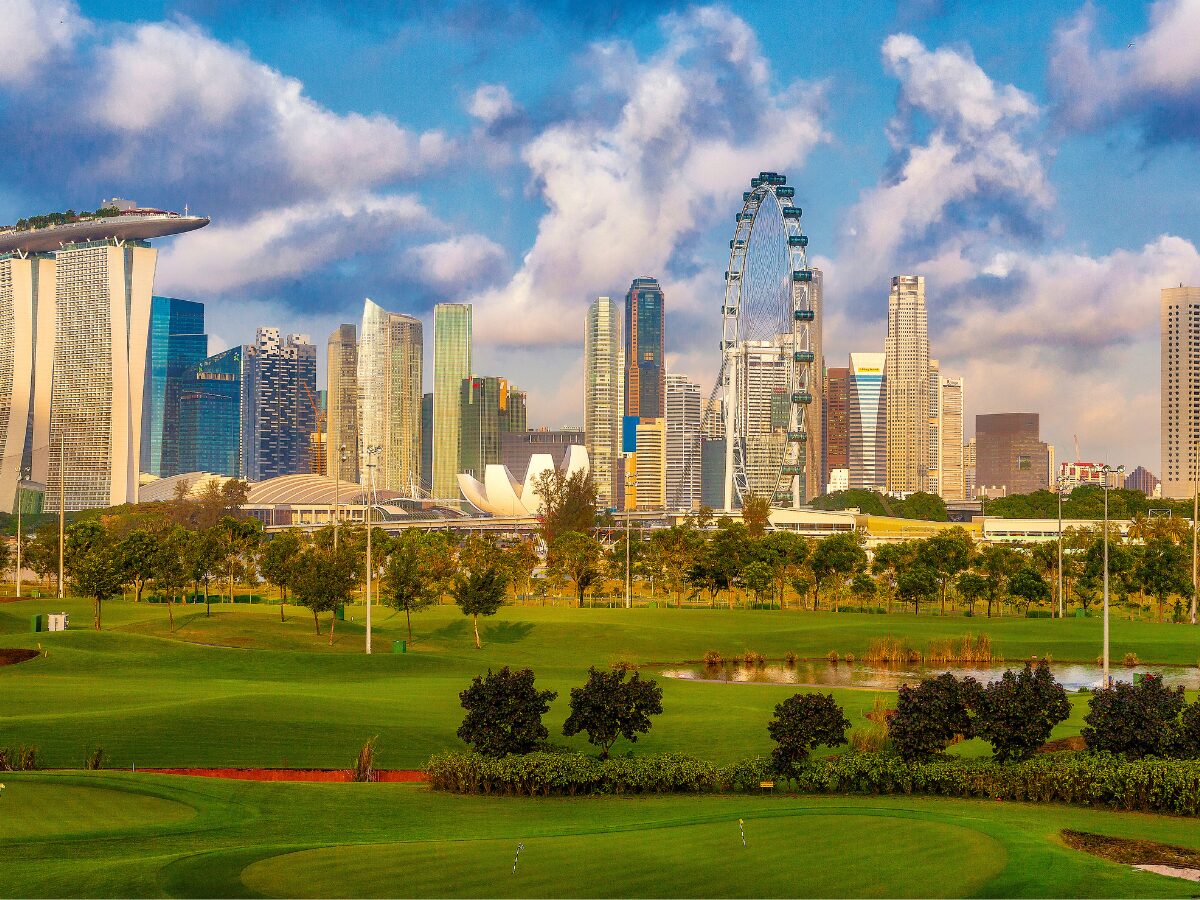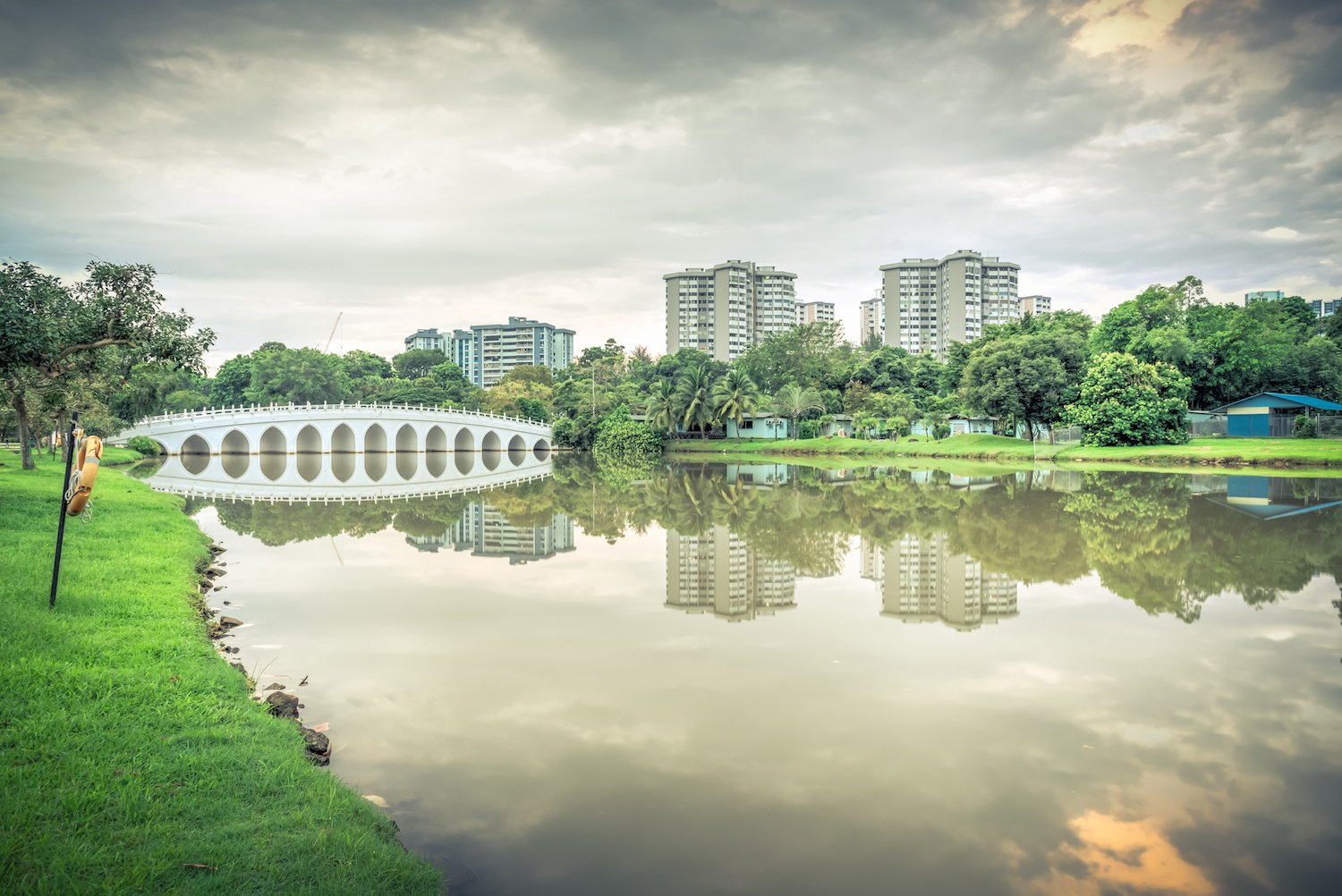Singapore is set to update its approach to public housing while also rolling out major improvements to transport and neighbourhood amenities. In an addendum to the President’s Address on Thursday (Sep 18), Minister for National Development Chee Hong Tat and Acting Minister for Transport Jeffrey Siow outlined plans to review income ceilings, expand housing options, rejuvenate ageing estates, and strengthen land, sea and air connectivity.
Together, these initiatives form a holistic strategy to keep homes affordable, towns liveable and make the nation more globally competitive.
Table of Contents
- Quick update: Current rules vs. potential changes
- What’s changing in the public housing landscape
- Supply and demand balance
- Rejuvenating neighbourhoods and estates
- A balanced approach to growth
Quick update: Current rules vs. potential changes
| Policy area | Current rule | Potential change |
|---|---|---|
| BTO income ceiling | Families/married couples: S$14,000 monthly income cap (set in 2019) | Ceiling under review; may be adjusted upward |
| Singles’ eligibility | Must be at least 35 years old to buy a BTO or resale flat on their own | Age threshold under review |
| Singles’ income ceiling | S$7,000 monthly income cap (applies for BTO eligibility/grants) | Under review alongside age requirements |
What’s changing in the public housing landscape

The review aims to raise the current income ceiling for couples applying for BTO flats, which has remained at S$14,000 since the last revision in 2019. For singles, the eligibility bar sits lower at S$7,000 monthly income, and they must be aged 35 and above to qualify for BTO flats.
Under the current system, about eight in ten Singaporean households fall within the existing income ceiling. However, as salaries have risen over the years, more families are finding themselves in what’s often called the “sandwiched class” – earning too much to qualify for heavily subsidised BTO flats but not enough to comfortably afford private housing.
The most recent data shows that the median gross monthly income for full-time employed residents was S$5,197 in 2023. For a typical couple at this income level, their combined household income would be around S$10,400, well within the current S$14,000 ceiling for most BTO flat types.
However, the reality is more nuanced. Recent BTO launches have seen intense competition, with the July 2025 exercise recording over 20,000 applications for the 5,547 new flats on offer. This high demand, combined with rising incomes in certain sectors, has created pressure to revisit the eligibility criteria.
The income ceiling review is just one part of a broader housing strategy outlined in the MND addendum. Public housing will be kept affordable and accessible through a robust supply of BTO flats in different regions, including more with shorter waiting times. The government also plans to maintain a strong supply of land for private housing and continue improving public rental housing.
To recap, these are the current housing options available by income level:
| Income range | Current housing options | Potential new options |
|---|---|---|
| Below S$7,000 (singles) | BTO flats (age 35+), rental housing | BTO flats (potentially younger age) |
| S$7,000–S$14,000 (couples) | BTO flats, resale HDB | Enhanced BTO access |
| S$14,000–S$16,000 | Resale HDB, Executive Condominiums | Possible BTO eligibility |
| Above S$16,000 | Resale HDB, private housing | Enhanced resale options |
What this means for different groups
1. Singles looking for independence
Currently, singles must be aged 35 and above to apply for a BTO flat under the Single Scheme, with a monthly income ceiling of S$7,000 for eligibility and grants. The government is considering lowering this age threshold, which would allow younger singles to enter the property market earlier.
This change would be particularly significant given that demand for homes remains strong, fuelled partly by more young people wanting to own property. The review could open up opportunities for singles in their late twenties or early thirties who are financially ready but currently age-restricted.
2. Families and couples
For families and couples, the current S$14,000 monthly household income ceiling may be adjusted upward. This would help those earning above-average wages but who still find Executive Condominiums (which have a S$16,000 ceiling) or private housing financially challenging.
As Minister Desmond Lee previously noted, those earning between S$14,000 and S$16,000 have other options including resale HDB flats (which have no income ceiling) and are eligible for the Proximity Housing Grant of up to S$30,000.
3. Seniors and large families
The MND announcement specifically mentions studying options for seniors and large families, suggesting tailored solutions for these demographics. This could include expanded eligibility for multi-generational housing schemes or specialised flat types designed for extended families.
Supply and demand balance
Minister Chee emphasised that any policy changes will depend on housing supply and will be announced at an “appropriate time.” The government recognises that lowering age limits or raising income ceilings could increase demand, so adequate supply must be in place first.
The good news is that the country has been ramping up BTO supply significantly. Between 2021 and 2025, approximately 102,300 flats were launched, exceeding the original target of 100,000. Looking ahead, around 55,000 BTO flats will be launched from 2025 to 2027, representing a 10% increase from the earlier target of 50,000.
Rejuvenating neighbourhoods and estates

Beyond new supply, existing towns will undergo rejuvenation to make them more liveable, vibrant and senior-friendly. This includes enhancements to community spaces, parks, and active-ageing amenities, as well as better barrier-free access and improved safety features.
The government will also flesh out the framework for the Voluntary Early Redevelopment Scheme (VERS) to manage ageing HDB estates in the coming decades, while ensuring families can continue to live in well-maintained neighbourhoods.
Economic gateways, job opportunities, and transport readiness
Singapore’s regional economic gateways will take shape in the north, east and west, complementing the city centre’s role as a global hub for business, tourism and culture.
- Northern Gateway: Woodlands Regional Centre and the Agri-Food Innovation Park at Sungei Kadut.
- Eastern Gateway: Changi Business Park and the upcoming Changi East Urban District.
- Western Gateway: Jurong Lake District, which will become the largest business district outside the central region.
These hubs are designed to bring jobs closer to homes, reduce commuting times and inject vibrancy into surrounding residential areas.
Transport upgrades will directly support these housing and economic plans. By the early 2030s, eight in 10 households will be within a 10-minute walk of a train station, making the country one of the most connected cities globally.
Key projects for enhancing transport include:
- Johor Bahru-Singapore RTS Link: Launching in December 2026, connecting Woodlands North to Bukit Chagar in just five minutes, and serving up to 10,000 passengers an hour each way.
- Changi Terminal 5: Opening in the mid-2030s, boosting annual passenger capacity by 50% and anchoring a new lifestyle and business hub at the Changi East Urban District.
- Tuas Port: To be fully completed in the 2040s, handling 65 million twenty-foot equivalent units annually, almost 60% more than today.
- Rail expansion: Closing the Circle Line loop, extending the Downtown and Thomson-East Coast lines, and rolling out the Jurong Region Line from 2027 onwards. The Seletar and Tengah lines, plus the JRL West Coast Extension, are slated for the late 2030s and 2040s.
- Autonomous vehicles: Starting in Punggol by end-2025 to enhance first- and last-mile connectivity between homes, transport nodes and key amenities.
On the domestic front, the government is investing in advanced systems, technology and workforce training to sustain high rail reliability as the network grows and ages.
Neighbourhood upgrades will be complemented by enhancements to amenities. These include improved access to healthcare, active-ageing centres, green and recreational spaces, and community facilities. The goal is to make estates not only functional but also inclusive for seniors and families of different sizes.
In parallel, Singapore will implement a national climate change plan, ensuring housing and infrastructure are more sustainable and resilient. Measures will include greener building designs, stronger flood defences, and expanded use of renewable energy across estates and transport networks.
A balanced approach to growth
Minister Chee emphasised that housing will remain central to Singapore’s social compact, ensuring affordability, accessibility and inclusivity even as policies adapt to demographic shifts.
Meanwhile, Acting Minister Siow highlighted that expanded connectivity by land, sea and air, will not only strengthen the country’s role as a global supply chain node, but also create good jobs and enhance everyday liveability.
Together, these plans signal a holistic approach: affordable homes, revitalised neighbourhoods, convenient transport, greener infrastructure and stronger economic gateways, all working in tandem to keep the island-nation future-ready.
The post Singapore to review housing income ceilings, expand transport links and rejuvenate estates appeared first on .







